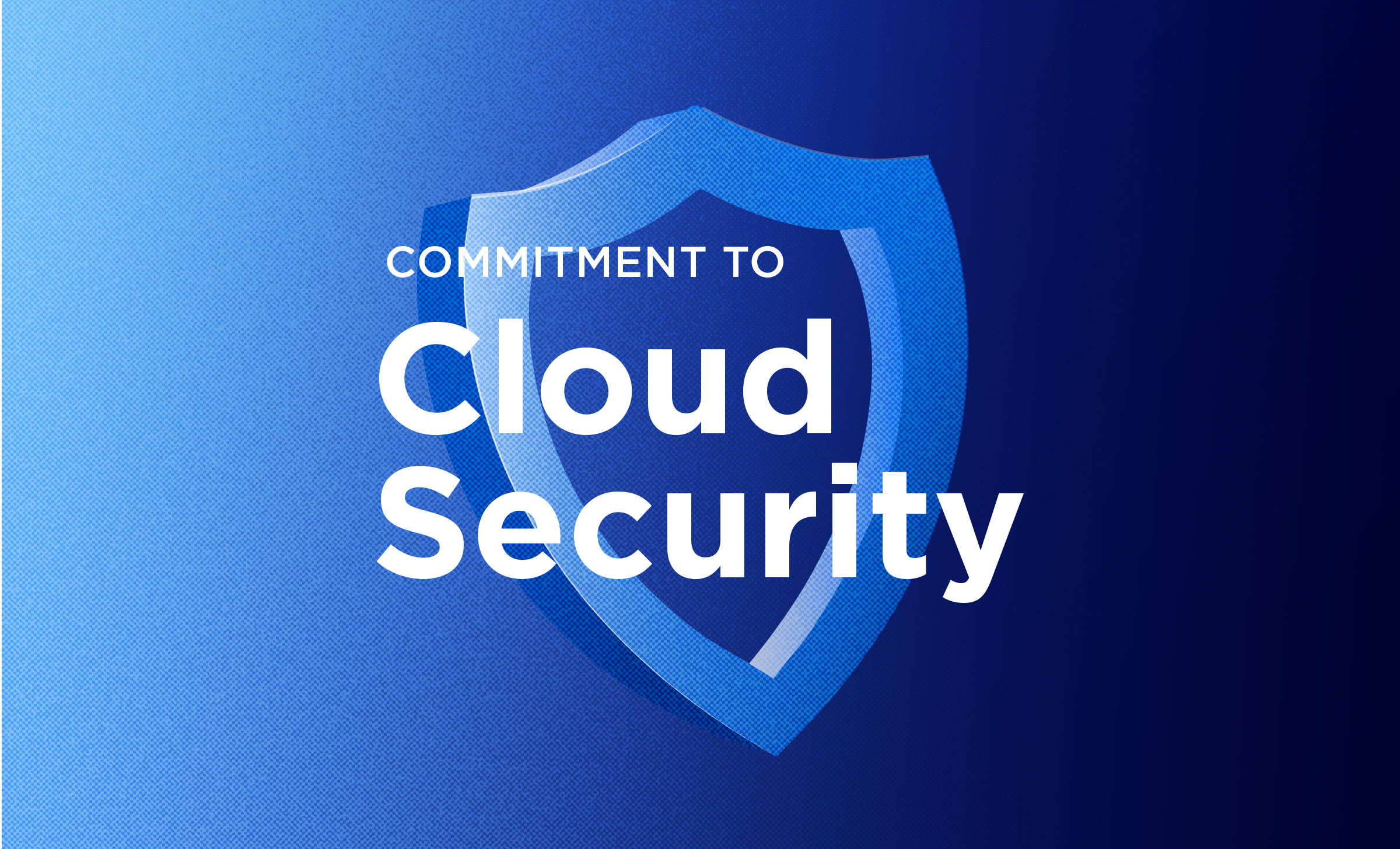Read the key differences between ISO 27017 and ISO 27018 and how both standards help protect cloud data security and personal privacy for your business.

As more companies start using cloud services, keeping data safe and private is more important than ever. That’s where two key international standards come in ISO 27017 and ISO 27018. Both help businesses protect data in the cloud, but they focus on different things. Even though they’re often mentioned together, each one plays a unique role in cloud security and privacy.
This blog will walk you through the differences, benefits, and usage of ISO 27017 and ISO 27018, helping you understand why adopting both can enhance your organization’s cloud compliance strategy.
Before diving into the comparison, let’s briefly touch on ISO certification and why it's important for businesses operating in the cloud.
ISO certification refers to a formal recognition that an organization complies with a specific international standard, such as ISO 27001 for information security. Standards like ISO 27017 and ISO 27018 are extensions of ISO 27001, tailored to address cloud security and personal data privacy in cloud services.
These certifications:
ISO 27017 is a standard that provides guidelines for cloud-specific information security controls. It is designed for both cloud service providers and cloud service customers, helping them ensure that cloud environments are protected from cyber threats.
ISO 27018 is a set of guidelines that helps protect personal information like names, emails, or ID numbers when it’s stored or handled in public cloud services. It’s designed for organizations that act as data processors, helping them maintain the privacy of data in compliance with regulations like the GDPR.
Here’s a side-by-side comparison to clarify how these two standards differ:
|
Feature |
ISO 27017 |
ISO 27018 |
|
Focus |
Cloud-specific security controls |
Privacy protection for personal data in the cloud |
|
Audience |
Cloud service providers and customers |
Cloud service providers acting as data processors |
|
Scope |
Broader cloud infrastructure and operational security |
Personal data handling, privacy, and legal compliance |
|
Based on |
Extension of ISO 27002 |
Extension of ISO 27002, aligned with ISO 29100 |
|
Certification path |
Often implemented with ISO 27001 |
Requires ISO 27001 foundation |
|
Use cases |
VM configuration, multi-tenancy risks, and admin operations |
Consent handling, access rights, and transparency in PII use |
Using both ISO 27017 and ISO 27018 ensures your organization addresses not only technical cloud risks but also personal data privacy a complete package for cloud compliance.
These standards help you align with global privacy laws like:
Implementing both can serve as strong evidence during regulatory audits.
By aligning with ISO 27017 and ISO 27018, you:
Both standards are based on ISO 27001, enhancing its core controls with cloud-specific requirements. Together, they offer a tailored approach for businesses operating in digital infrastructure.
Major cloud providers like Microsoft Azure and Amazon Web Services (AWS) align with ISO 27017 and ISO 27018 to ensure secure and privacy-compliant services.
For example, Microsoft has implemented these standards across their cloud services to offer a trustworthy cloud for businesses around the world.
🔗 Read Microsoft’s ISO 27018 compliance overview
If you’re ready to enhance your cloud security and privacy, here’s how to get started:
Identify where your cloud systems may be vulnerable to security or privacy risks.
Both ISO 27017 and ISO 27018 rely on the ISO 27001 framework for implementation.
Clarify whether you’re a data processor (ISO 27018 focus) or cloud provider/customer (ISO 27017 focus), or both.
Update your privacy and security policies to reflect the guidance from both standards.
Educate your staff about data handling, security best practices, and client transparency.
Establish a feedback loop for continuous improvement in your cloud compliance program.
At Reliable Certification, we specialize in helping organizations become ISO-compliant through structured assessments, audits, and support. Whether you're aiming for ISO 27001, ISO 27017, ISO 27018, or all three with the updated standards version, our experts are here to guide you every step of the way.
👉 Contact us today to get started on your ISO certification journey for secure, privacy-compliant cloud services
Typically replies within 30 minutes